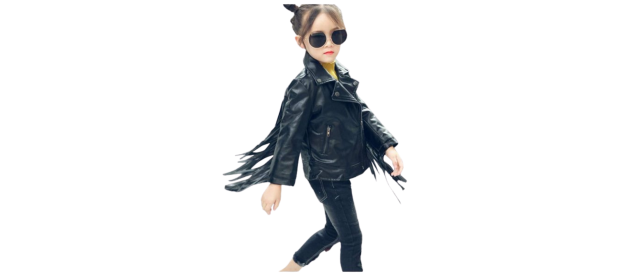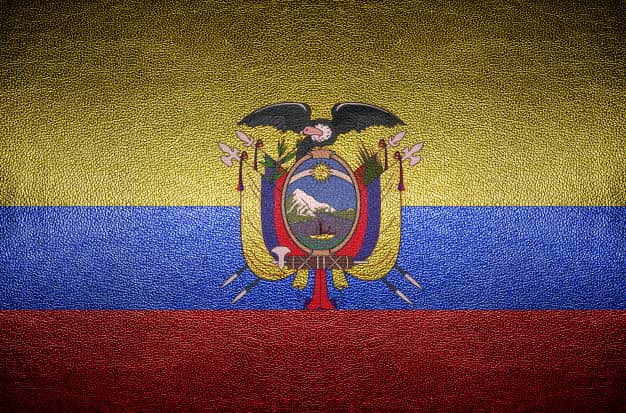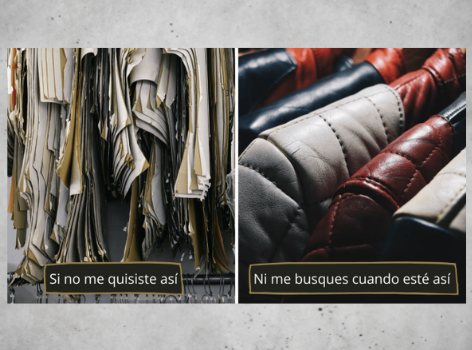When Did We Start Using Leather and Why Do We Like It So Much?

Don't even think about it, my dear!
Leather is the foundation of what's cool, stylish, and fashionable, and it never goes out of style (and never will). There are numerous artisanal brands and major fashion industries that use leather in handbags, wallets, belts, briefcases, jackets, pants, and much more. Leather is so trendy that artisanal entrepreneurs and major industry brands now sell handmade leather products that come in different seasonal collections, featuring various designs, shapes, and sizes. Leather items are synonymous with elegance, serving as a genuine fashion statement that stands the test of time.
Leather can last for decades with proper care. It doesn't wear out or fade quickly. It's a versatile material perfect for creating handbags, wallets, belts, and footwear. Leather softens and becomes more flexible as it ages. It's also easy to clean and maintain because it's water-resistant.
For centuries, leather has been treasured like a precious gem because the older it gets, the stronger it becomes. It's like aged wine or well-matured whiskey that can last for centuries, which is why some leather items are passed down from one generation to another. Some even describe it as the perfect relic.

You wish you could be this cool 😎 😎
But have you ever wondered, since when did humans start using leather? When did leather arrive in Ecuador? What was the first use of leather, and in which civilization? Which came first, the chicken or the egg? Although we don't have the answers to all your questions, we'll address some of these concerns about the origin of this precious article below:
Leather has been used for thousands of years as a protective material. Man has often utilized as many parts of animals as possible to survive and to develop tools for a better and easier life. Leather footwear, for example, allowed for easier walking and exploring new lands, thus facilitating a nomadic lifestyle.
By having large animals in their vicinity, humans would begin using their hides to turn them into clothing. In colder climates, fur coverings provided excellent warmth, while in warmer climates, hides could be used to provide shade and help stay cool. Leather craftsmanship was primarily oriented around the function it served, depending on existing conditions.
As man evolved and societies were built, so did the uses of leather. Its applications would expand into leather armor, boots, wallets, tents, writing surfaces, jewelry, and other accessories. In some cultures, leather was considered a symbol of high status, and leather crafts became items that were both functional and visually appealing.

In 1991, a mummified man dating back over 5,000 years, naturally preserved in ice, was discovered in a mountain range bordering Austria and Italy. His leather garments were intact.
Evolution of Leather
As time passed, leather would become a staple in everyone's life. Mass-produced leather shoes, gloves, jackets, handbags, and accessories became widely available. Leather craftsmanship was now a thriving industry. It was one of the first industries to operate based on a global supply chain of raw materials, with an equally large base of international consumers excited to buy and use leather items.
The demand became so high that even the first "synthetic" leathers appeared, materials made from plastic and other compounds, which are becoming more popular today to meet the demand of various market segments, given their more affordable and animal-friendly nature.
Few materials have existed for so long and have been used as extensively as leather. It's incredible to see how the craft has evolved over time and to understand the extent to which it has come since its early days.

The long journey leather has traversed and how it has endured in our society is fascinating.
Leather in Ecuador
In Ecuador, the use of hides dates back to pre-Columbian times when our indigenous people used them to cover themselves, protecting against the harsh weather by covering their bodies and shielding their feet. Additionally, they used hides as shields in wars. During the Inca period, the technique of preserving hides improved, expanding its use to "Quipus," a form of writing represented through knots on leather-tanned ropes.
In the mid-16th century, the renowned Spanish monk Bartolomé de las Casas, during his countless travels across different continents, discovered the astonishing ability of natives in Central and South America to manufacture leather. According to the monk, the quality of the leather produced by the natives surpassed that of Castile, Spain.
Thus, the production of shoes, belts, saddles, book covers, among other items, began in Ecuador with the arrival of the Spaniards, who brought the necessary knowledge to develop new tanning methods. Today, the provinces of Azuay and Tungurahua are known for leather manufacturing and processing.
In the 1960s, the sector was characterized by artisanal development, and shoemaking became industrialized. Small family workshops transformed into companies, with Ecuadorian footwear being recognized for its durability and resilience rather than its fashion. It wasn't until the 1990s that guilds, associations, cooperation organizations, and training schools were founded to support the sector's growth.
The process of globalization has presented some negative consequences for artisanal sectors, facing challenges when competing with lower-quality imported products at much lower prices. However, it has also provided an opportunity to showcase Ecuadorian leather on the international stage for the production of quality leather goods, presenting export opportunities to Europe, Asia, and North America.

Much better if your leather is Made in Ecuador
Are you looking for Custom Leather Apparel and Accessories?
Qiwa is a family-owned company dedicated to the manufacture of leather goods, accessories, automotive upholstery, and jackets with high standards of quality and design for 30 years. We currently have new production lines for customized packaging to enhance the image of various products, including a line of advertising and corporate image products and a Premium line where we develop premium accessories with our brand and designer brands, supporting various entrepreneurial projects.
Learn more about our history here and our product catalog here. We also invite you to contact us directly here.


One Reply to “
¿Cuándo Empezamos a Usar el Cuero y Por Qué Nos Gusta Tanto?
”Tienda de bolsos
07/07/2023 at 6:11 pm
A mi particularmente me encanta las carteras y los bolsos de piel porque duran años y se mantienen en ,uy buen estado.